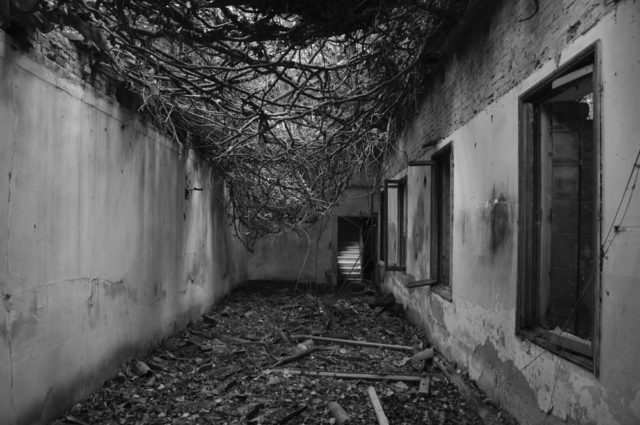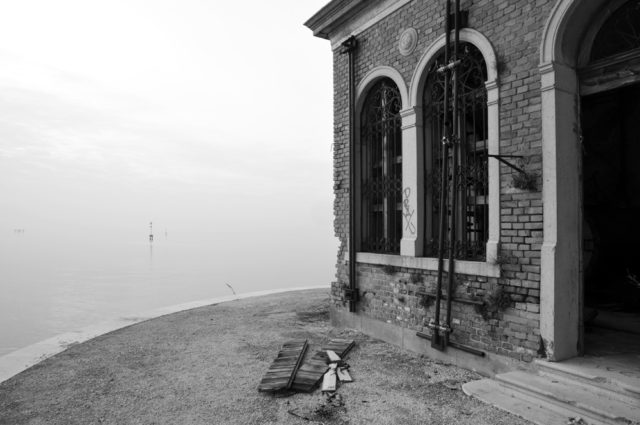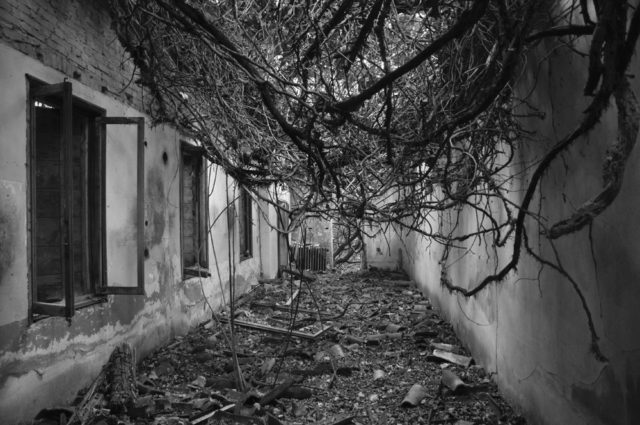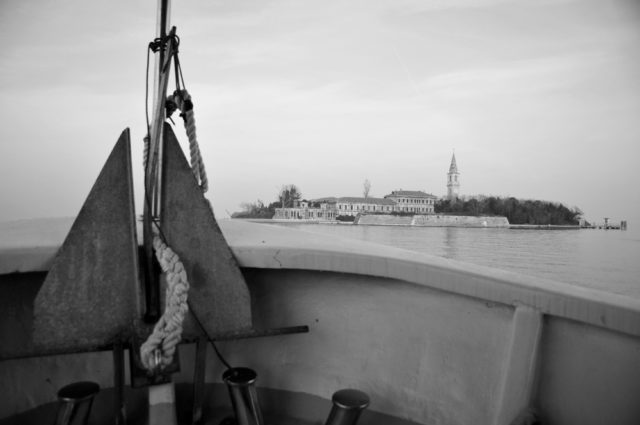Off the coast of Northern Italy is a Venetian lagoon that has at its center a small island called Poveglia. In ancient times, this place was also called Popilia.
According to historical records, the history of this place begins in 421 AD, although historians think it could have been populated much earlier.
In the first century, the island was inhabited by Italians who went there to avoid barbarian invasions after the fall of the Western Roman Empire.
As time went on, the island began to develop. As the population grew and the economy improved, it became a full-fledged community. However, life on the island completely changed in 1379, when the war with Genoa began. Venice was attacked, and the inhabitants of the island were forced to move to another island.
From 1645 onwards, Poveglia was transformed into a military outpost, boasting an octagonal fort and naval artillery. But before it became an important military asset, this tiny island had another, terrible purpose.
In the Middle Ages, many cities suffered from the bubonic plague. This infamous disease did not bypass the city of Venice, which in fact is thought to have suffered from 69 instances of this disease between the 14th and 18th centuries.
The first epidemic occurred in 1348. Over the course of the next six months, this disease practically wiped out almost half the population of Venice.

By the time the plague came around again in 1423, the Venetians were more aware of what to do and how to deal with this disease. They founded the state hospital Lazaretto. In 1468, another hospital was established – New Lazaretto.
In 1576, the plague returned to Venice, and a decision was made to isolate the infected from the healthy. Outside the city, burial grounds were created for those who had succumbed to the disease. However, soon they were overwhelmed. As a resulted, both the deceased and those infected were sent to the island of Poveglia.
This happened again with the next bout of plague in the 1630s.
The ownership of Poveglia moved to the Ministry of Health in 1793. Wanting to control the spread of the disease in the future, Poveglia became a checkpoint in 1777 where ships were checked for infection before being allowed to the mainland.
In 1790, this policy bore fruit when two ships were found to be carrying the disease, and Poveglia once again became a quarantine island.

The precise number of people who perished at Poveglia will never be known, but estimates put it between 100,000 to 160,000 people.
As the plague claimed more victims, several ovens were installed on the island to burn the remains. In the 21st century, the soil of the island was analyzed, and the results showed that up to 50% of a sample consisted of the organic remains of people.
Eventually, with better healthcare, the island of Poveglia became empty as the need for a checkpoint disappeared.
However, the island’s association with seriously ill patients was not done yet. In 1922, works were undertaken on the island, and a sanitorium was built to house those with mental disorders.
But like many asylums at the time, this institution was more a place to exile the mentally ill than to help them. Poveglia was, once again, a desolate home for anyone whom society felt was a burden.

There are rumors that one of the surgeons that worked at the asylum in the 1930s conducted experiments on his patients. There is no documentation left to confirm whether this is true, but many claimed to be able to hear the screams of his victims from across the lagoon.
Many patients began to report hearing voices and seeing shadows on the island. The medical staff did not believe them, seeing it as just another level of their lunacy.
But if the rumors are to be believed, the ghosts were responsible for bringing the sadistic doctor’s experiments to an end.
It is reported that he also claimed to hear voices and feeling something unseen brushing against him. By 1967, he was so scared that he raced up to the top of the bell tower to escape these ghosts, and when he reached the top he either jumped or was pushed.
In 1968, the hospital was closed and abandoned. The island was empty, and nature began to reclaim the buildings. Many locals insist they can still hear the bell in the tower ringing some nights, even though the bell has long since been removed.
Everyone is afraid to venture too close to the island. Even fishermen stay away, fearful that they might catch something other than fish and plants in their nets.

In 2014, the Italian government was faced with the need to raise revenue, so it was decided to lease off some historical sites, including Poveglia. The island would remain owned by the state, but an online auction offered a 99-year lease.
The government hoped to achieve 10 million euros for this lease. However, the highest bid was from an Italian businessman named Luigi Brunaro, who offered 513,000 euros. He wanted to build a private clinic for eating disorders on the island.
The lease wasn’t granted to him; some claim it’s because he didn’t meet the necessary conditions, others because the government deemed his bid too low and wanted to hold out for a higher price.
However, a British newspaper reported that Brunaro’s bid was actually frustrated by the non-profit organization Poveglia per tutti (which means Poveglia for all).
Poveglia per tutti had raised 444,000 euros in an effort to buy the island themselves. They wanted to turn it into a place for the community to enjoy, as many residents feel that Venice is being overwhelmed by tourists.
When they were outbid by Brunaro, they refused to increase their bid. Consequently, the businessman was stuck with his initial, low, and unacceptable offer since he had no one else to bid against.
Although he started court proceedings, these were abandoned when the opportunity to become mayor of Venice came up.
The fate of the island remains unknown. Structures such as a hospital, church, shelter, the bell tower, and some administrative buildings have survived on the island.
But those places are in ruins and any artifacts inside them are covered with rust. The fort now consists only of an earthen rampart, lined with brick outside.

Currently, the island of Poveglia is closed to visitors. In the past, this has made it a very attractive gathering place for local youths. Visiting the island is illegal, but that hasn’t stopped journalists and tourists from trying to get onto it.
In June 2014, two Australian journalists spent the night there. Although they stated that they saw no ghosts, they did have an unsettling experience.
When they woke up in the morning, they found that a hospital steel table that had been on the far right of the room was at the far left. They’d photographed the table in its original position, so they knew they were not imagining it.
Another website reported how five people from Colorado tried to spend the night on Poveglia in 2016, but they ended up being picked up by the authorities after a passing sailboat heard their screams.
Big thank you to Luigi Tiriticco for allowing us to share his amazing black and white photographs of Poveglia Island with our readers.
Luigi Tiriticco is the art director at FOTOlogie – the Italian website with the modern photographs. You should definitely check his Flickr account for more photographs of different art.

































Another Article From Us: Kinzua the ‘Eighth Wonder of the World’ Destroyed in 30 Seconds by a Tornado

